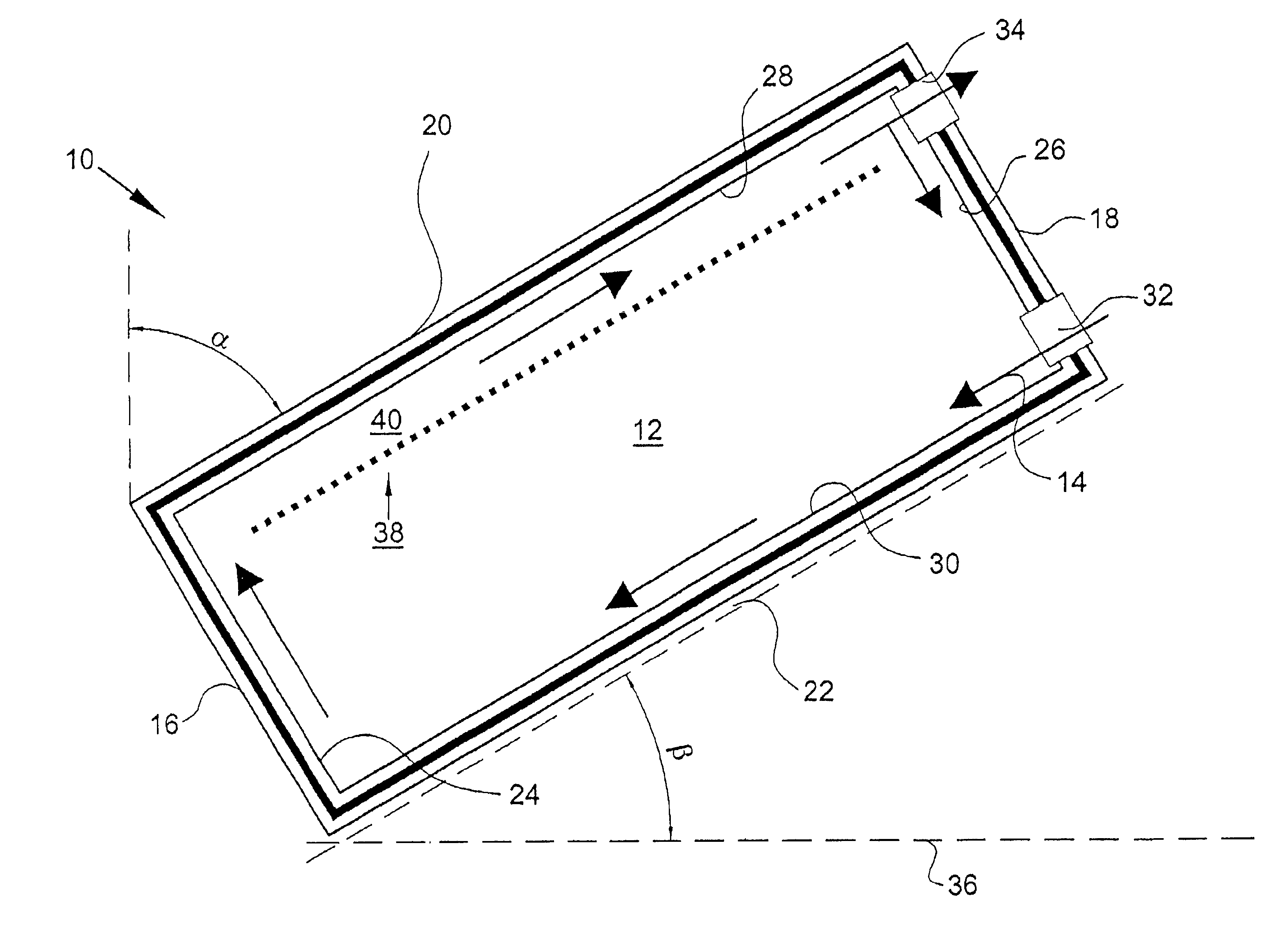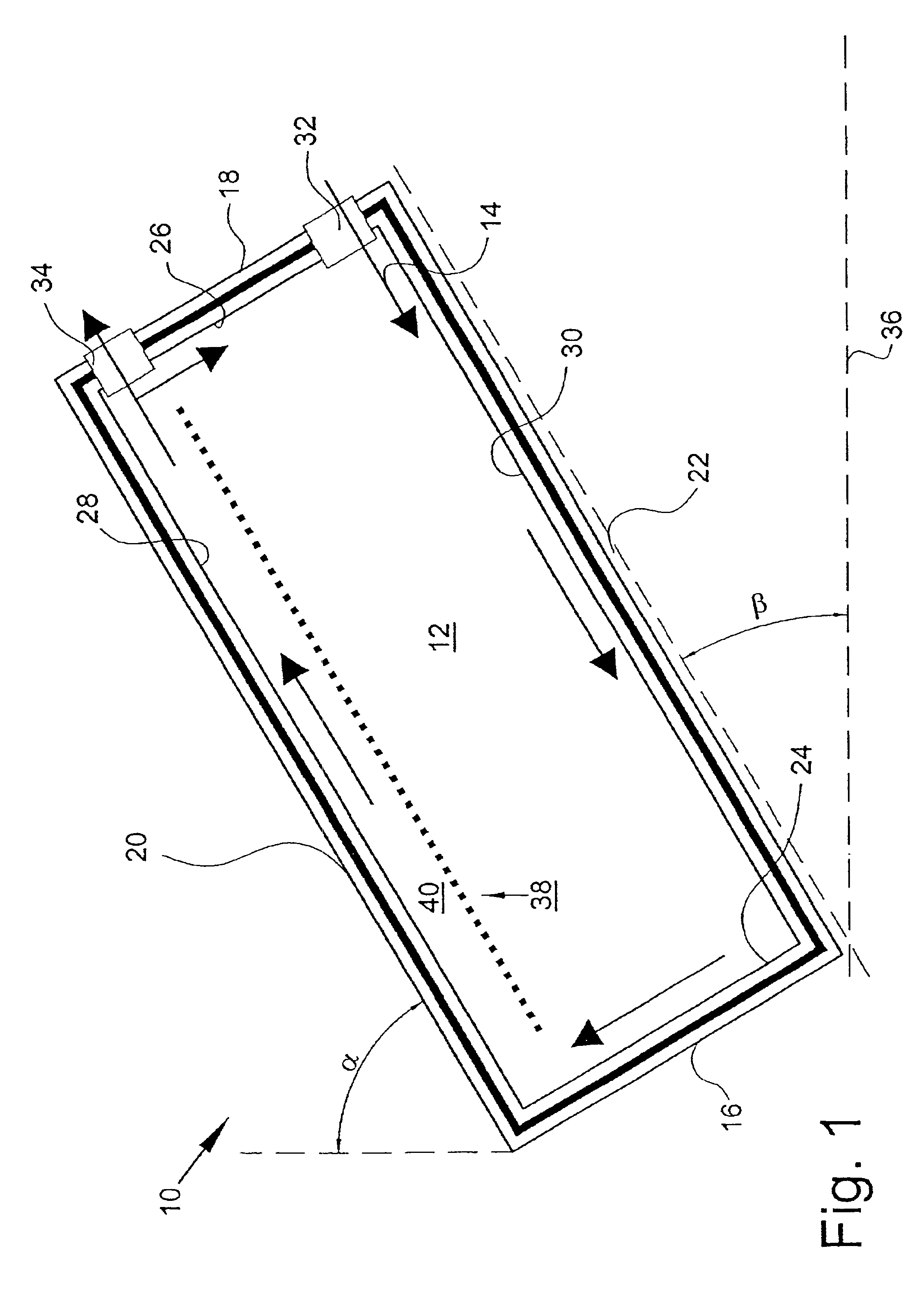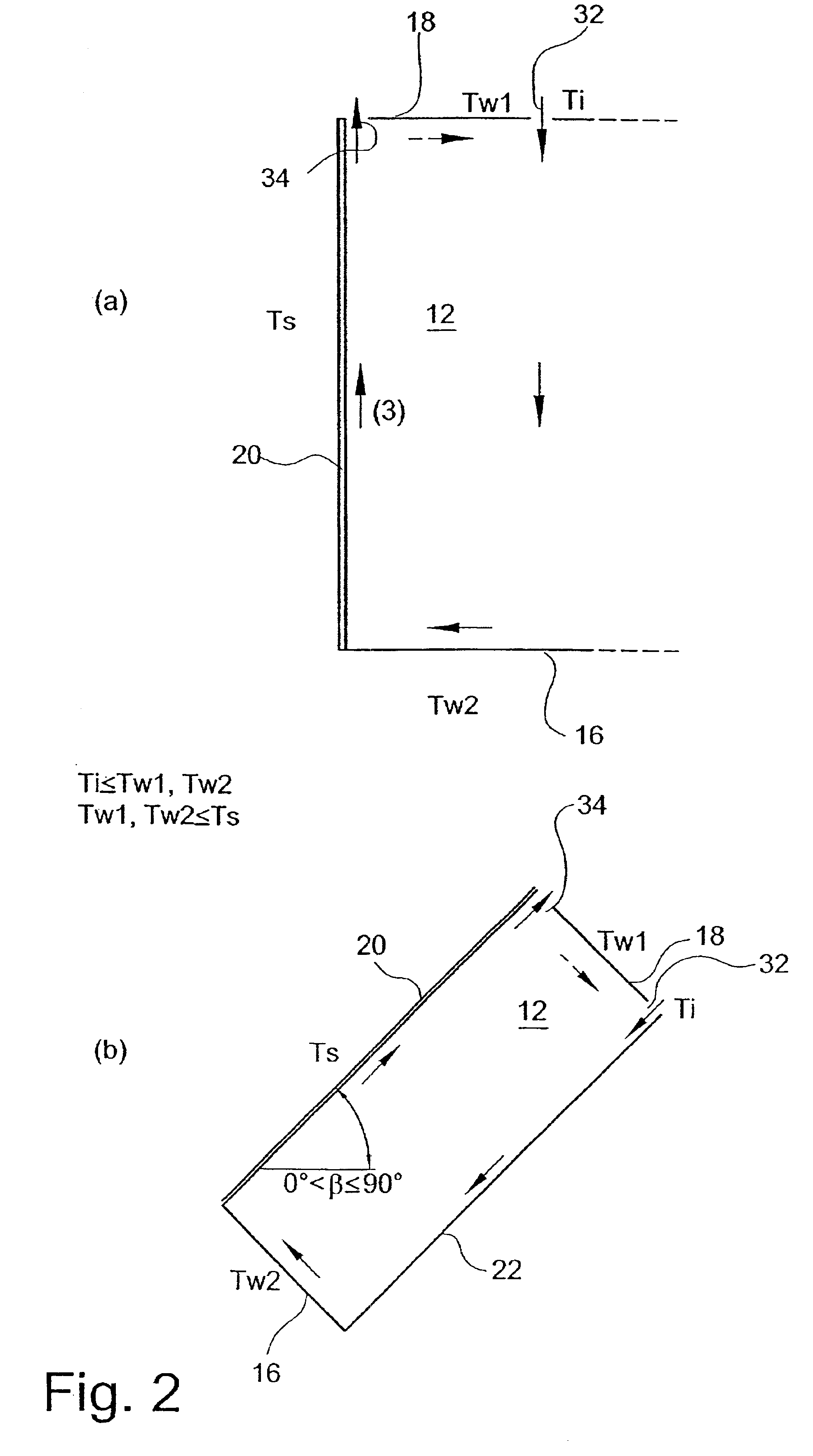Method and device for treating and/or coating a surface of an object
- Summary
- Abstract
- Description
- Claims
- Application Information
AI Technical Summary
Benefits of technology
Problems solved by technology
Method used
Image
Examples
Embodiment Construction
ructure, with particles measuring 0.1 to 10 mm, onto which the p-film will be epitaxially deposited.
BRIEF DESCRIPTION OF THE DRAWINGS
[0038]Further details, advantages, and characteristic features of the invention are found not only in the claims, and in the characteristic features found therein—alone and / or in combination—, but also in the following description of the preferred exemplary embodiments illustrated in the drawings.
[0039]These show:
[0040]FIG. 1 a basic sketch of a device for treating and / or coating a surface of an object,
[0041]FIGS. 2a and b the device shown in FIG. 1, in different orientations from vertical,
[0042]FIG. 3 a further basic sketch of a device as shown in FIG. 1,
[0043]FIG. 4 a graphic representation of the rate of deposition on a surface, as a function of its angle of inclination, and
[0044]FIG. 5 a c-Si thin-film solar cell.
DETAILED DESCRIPTION OF THE PREFERRED EMBODIMENTS
[0045]The teaching of the invention with respect to the coating and / or treating of surfa...
PUM
| Property | Measurement | Unit |
|---|---|---|
| Temperature | aaaaa | aaaaa |
| Length | aaaaa | aaaaa |
| Length | aaaaa | aaaaa |
Abstract
Description
Claims
Application Information
 Login to View More
Login to View More - R&D
- Intellectual Property
- Life Sciences
- Materials
- Tech Scout
- Unparalleled Data Quality
- Higher Quality Content
- 60% Fewer Hallucinations
Browse by: Latest US Patents, China's latest patents, Technical Efficacy Thesaurus, Application Domain, Technology Topic, Popular Technical Reports.
© 2025 PatSnap. All rights reserved.Legal|Privacy policy|Modern Slavery Act Transparency Statement|Sitemap|About US| Contact US: help@patsnap.com



